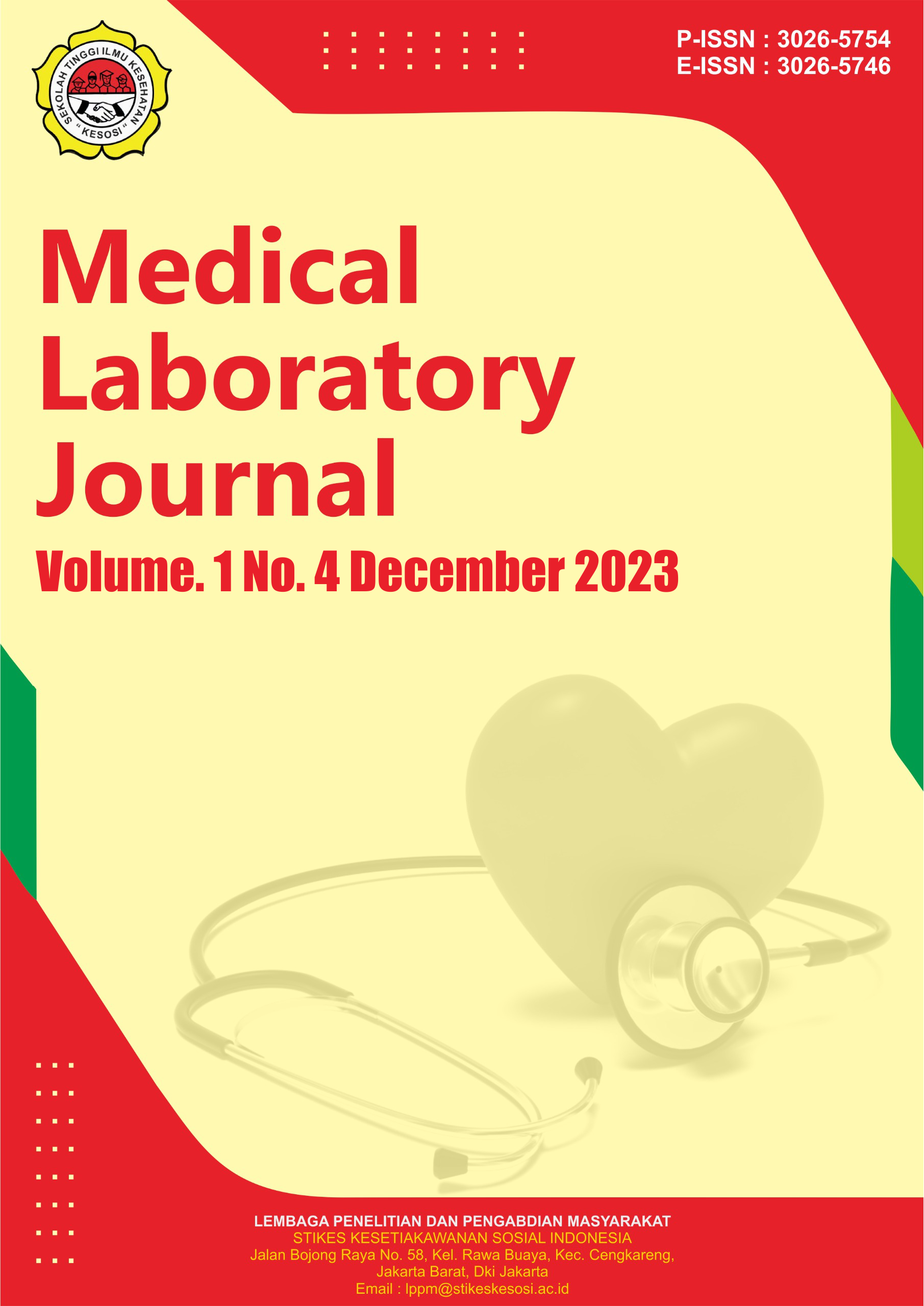Faktor Yang Berhubungan Dengan Tumbuh Kembang Anak 0-59 Bulan Di Puskesmas Pintu Angin Kota Sibolga Tahun 2023
DOI:
https://doi.org/10.57213/caloryjournal.v1i4.106Keywords:
BBL, Income, Number of Siblings, Education, Growth and DevelopmentAbstract
Children are the next generation of the nation, so children with good qualities are needed in order to achieve a quality future for the nation. This research aims to determine factors related to the growth and development of children aged 0-59 months at the Puskesmas Pintu Angin, Sibolga in 2023. This type of research is a survey type with a cross sectional design. The population in this study are 50 people. The sample in this study used a total sampling of 50 people. The test carried out was Chi-square. There is a relationship between birth weight and the growth and development of children aged 0-59 months with a p-value of 0.04, there is a relationship between parental income and the growth and development of children aged 0-59 months with a p-value of 0.02, there is a relationship between the number of siblings under five and Growth and Development of Children 0-59 Months with a p-value of 0.04. There is a relationship between parental education and the Growth and Development of Children 0-59 Months with a p-value of 0.02. It is hoped that Posyandu cadres can hold an outreach program for mothers with toddlers regarding the importance of efforts to improve nutrition for families, especially toddlers.
References
Bhattacharya T, Ray S, Das DK. Developmental Delay Among Children Below Two Years of Age :A Cross- Sectional Study in A Community Development Block of Burdwan District , West Bengal. International Journal of Community Medicine and Public Health. 2019;4(5):1762–7.
Çelikkiran S, Bozkurt H, Coskun M. Denver Developmental Test Findings and their Relationship with Sociodemographic Variables in a Large Community Sample of 0–4-YearOld Children. Noro Psikiyatr Ars [Internet]. 2018;52(2):180–4. Available from: http://www.noropsikiyatriarsivi.com/sayilar/429/buyuk/180-184.pdf
Wulandari UR, Budihastuti UR, Pamungkasari EP. Analysis of Life-Course Factors Influencing Growth and Development in Children under 3 Years Old of Early Marriage Women in Kediri. Journal of Maternal and Child Health. 2018;257:137–49.
Engle, Patrice L and Black MM. The Effect of Poverty on Child Development. Annals of The New York Academy of Sciences. 2018;1136:243-256
Ali SS. A Brief Review of Risk Factors for Growth and Developmental Delay Among Preschool Children in Developing Countries. Biomedical Research. 2017;2(4).
Lestari RD, Isa N, Novadela T. Faktor postnatal yang berhubungan dengan perkembangan anak balita di wilayah lampung utara. 2016;XII(2):219–27.
Lovena A. Hubungan antara Perkembangan Sosial Anak terhadap Hasil Belajar Bahasa Indonesia Siswa Kelas IV/B SD Negeri 65 Kota Bengkulu. Fak Kegur dan Ilmu Pendidik Univ Bengkulu. 2018
Soetjiningsih dan Ranuh. Tumbuh Kembang Anak. Jakarta: EGC; 2018
Tofail F, Hamadani JD, Ahmed AZT, Mehrin F, Hakim M, Huda SN. The Mental Development and Behavior of Low-Birth-Weight Bangladeshi Infants From An Urban Low-Income Community. Eur J Clin Nutr [Internet]. 2016;66(2):237–43. Available from: http://dx.doi.org/10.1038/ejcn.2011.165
Tilaar SKI, Runtunuwu AL. Faktor-faktor yang berhubungan dengan keterlambatan perkembangan bayi usia 9 bulan. Jurnal e-clinic. 2016;4:2–7.
Westgard C, Alnasser Y. Developmental Delay in The Amazon : The Social Determinants and Prevalence Among Rural Communities in Peru. Plos One. 2017;1–13.
Warsito O, Khomsan A, Hernawati N, Anwar F. Relationship between nutritional status, psychosocial stimulation, and cognitive development in preschool children in Indonesia. Nutr Res Pract. 2017;6(5):451–7.






